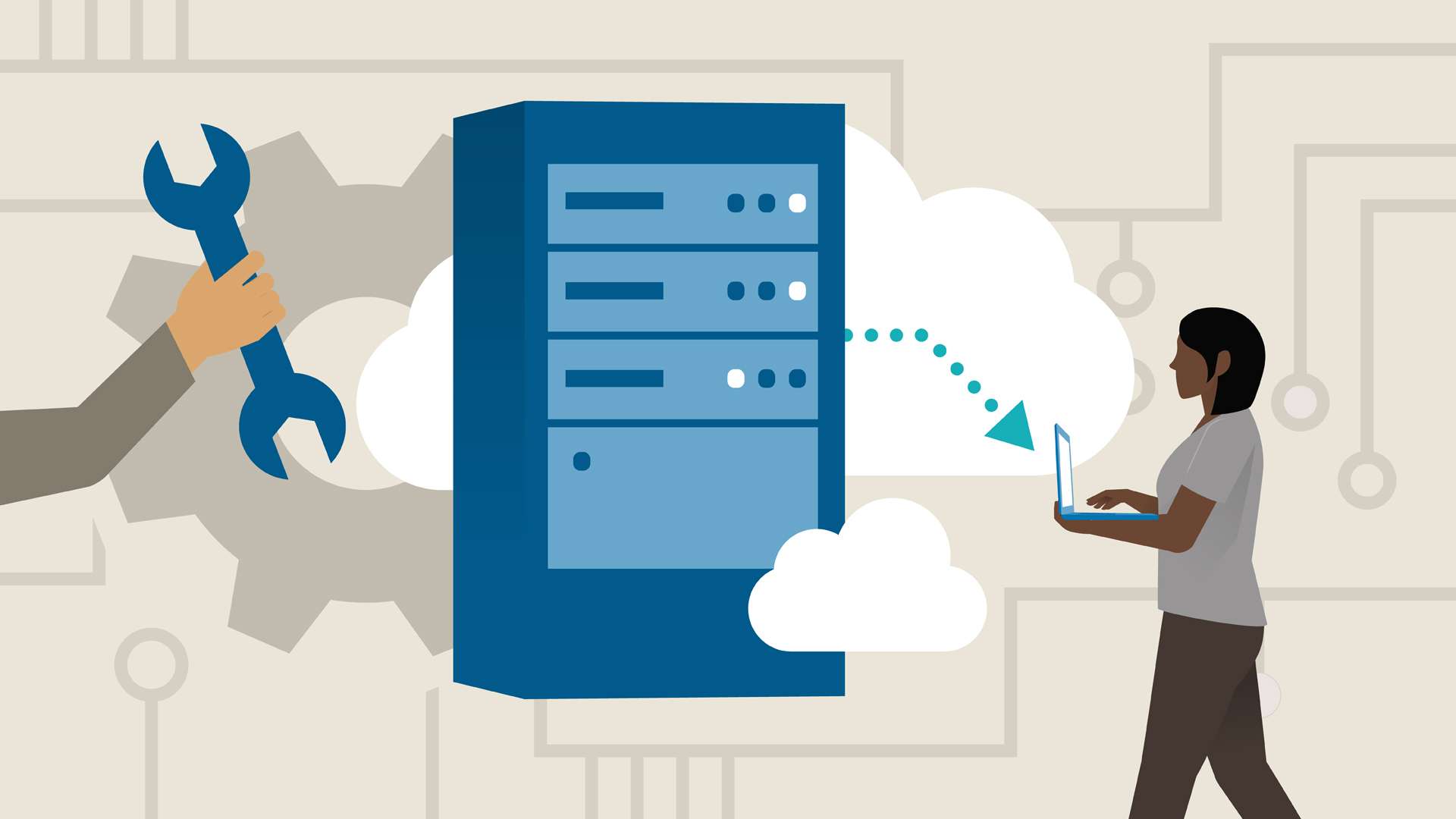Introduction to Computer Programs
Computer programs, also known as software, are essential tools that enable your devices to perform tasks, from browsing the web to editing documents. In today’s digital world, software powers everything from personal computers to global enterprises. According to recent data, 95% of U.S. households have at least one type of computer, and 90% have broadband internet subscriptions, highlighting the widespread reliance on software. Why do you need them? Software enhances productivity, enables entertainment, supports education, and drives business operations. Without programs, your hardware is just an inert machine.
With an emphasis on open source software (OSS), this post will dive into key statistics, installation methods, and the key differences between open and closed source options, including their pros and cons.
Key Statistics on Computer Software Usage
The software landscape is vast and evolving. Globally, desktop operating systems dominate with Windows holding a 69.73% market share, followed by macOS at 8.68%. In terms of web traffic, mobile devices account for about 59.99%, while desktops handle 37.78%, showing a shift toward mobile software usage.
Open source software adoption is surging. In 2025, 96% of organizations reported increasing or maintaining their use of OSS, with 26% noting a significant increase. Additionally, 63% of companies are actively using open source AI models. These stats underscore OSS’s role in innovation, contributing to an industry valued at $8.8 trillion.
Why You Need Computer Programs
Computer programs are indispensable for modern life. They allow you to communicate via email clients, create content with word processors, and secure your data with antivirus tools. Open source options, in particular, offer cost-effective alternatives that promote user freedom and community-driven improvements. For instance, programs like Linux distributions provide reliable operating systems without licensing fees, making them ideal for budget-conscious users.
How to Install Computer Programs
Installing software is straightforward, but steps vary by type and operating system. Here’s a general guide with an emphasis on open source:
- Download the Software: Visit trusted sources. For open source, use repositories like GitHub or official sites.
- Check System Requirements: Ensure compatibility with your OS (e.g., Windows, macOS, or Linux).
- Run the Installer: For Windows/Mac, double-click the .exe or .dmg file. On Linux, use package managers like apt (for Ubuntu):
sudo apt install package-name. - Follow Prompts: Accept terms, choose install location, and complete setup.
- Verify and Update: Run the program and check for updates.
For open source examples, installing Firefox (a free browser) is as simple as downloading from its site. Always prioritize open source for transparency and customization.
For more detailed guides, check our internal blog post on software installation basics.
Differences Between Closed Source and Open Source Software
Closed source software (proprietary) keeps its source code private, controlled by the developer or company. Examples include Microsoft Windows. In contrast, open source software makes the code publicly available, allowing anyone to view, modify, and distribute it under licenses like those approved by the Open Source Initiative.
The core difference lies in accessibility: open source fosters collaboration, while closed source emphasizes control.
Pros and Cons of Open Source Software
Pros:
- Cost-Effective: Often free, reducing expenses.
- Customizable: Modify code to fit needs.
- Community Support: Large user bases provide forums and updates.
- Security: Open code allows quick vulnerability fixes.
Cons:
- Learning Curve: May require technical knowledge.
- Variable Support: Relies on community rather than dedicated teams.
- Incompatibility: Some hardware/drivers may not support it fully.
Learn more about open source from the Open Source Initiative or the GNU Project.
Pros and Cons of Closed Source Software
Pros:
- User-Friendly: Polished interfaces and professional support.
- Reliability: Thorough testing by developers.
- Integration: Seamless with proprietary hardware.
Cons:
- Costly: Licensing fees can add up.
- Limited Flexibility: Can’t modify source code.
- Vendor Lock-In: Dependent on the company for updates.
For a deeper dive, explore Wikipedia’s page on open-source software for comparisons.
Conclusion
Whether you choose open or closed source software, understanding their differences helps you make informed decisions. Open source stands out for its innovation and accessibility, as seen in projects like Linux. If installation seems daunting, SimpleTechGuy provides professional software installation services to get you up and running hassle-free. Visit our services page for more details.


Leave a Reply
You must be logged in to post a comment.